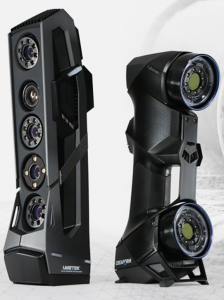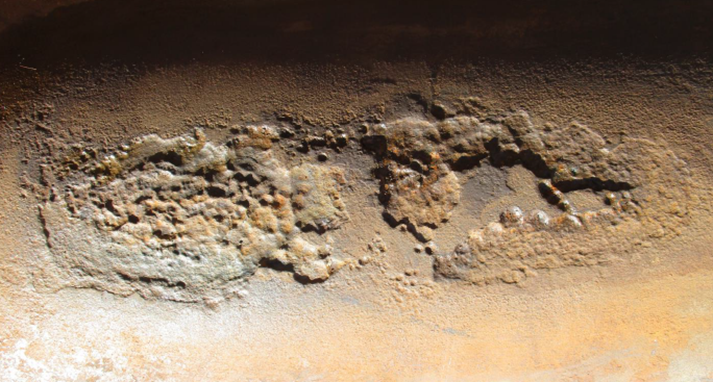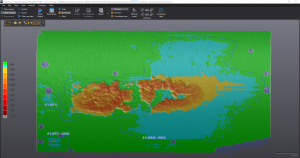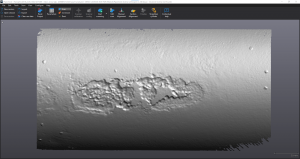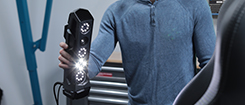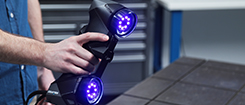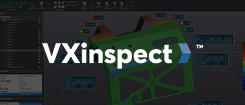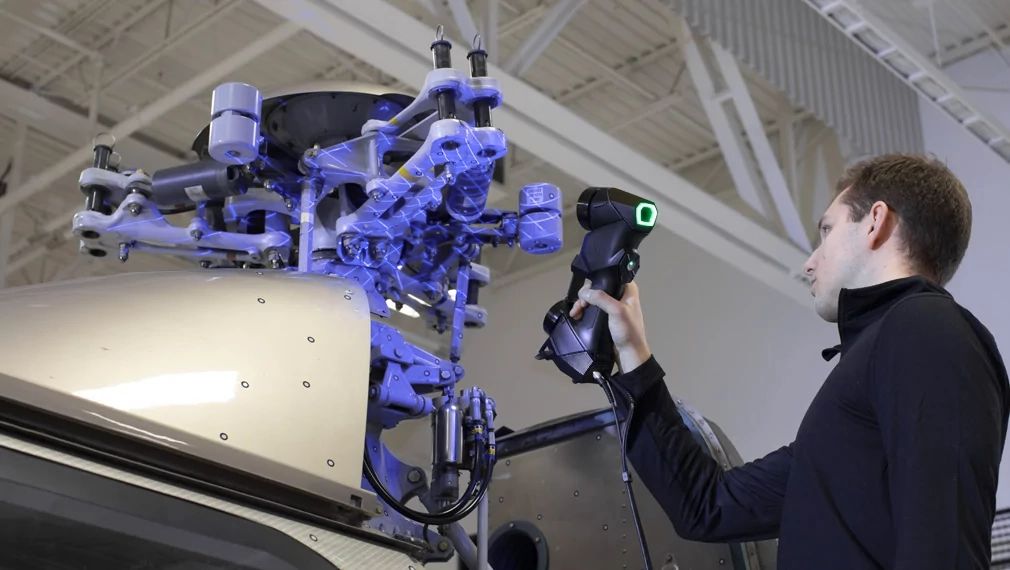July 24, 2024
Improving Vessel Integrity at a Refinery thanks to Advanced 3D Scanning Technology See the articleSasol has a 70-year track record in the chemicals and energy sectors. Based out of South Africa, with locations in over 30 countries, Sasol sustainably and safely sources, manufacture and market a wide range of chemical and energy products from around the world.
NDT challenges with conventional inspection methods
In the past, Sasol SA Ops. – Regional Operations and Asset Services, one of the organization’s operating model entity (OEM), initially used manual data acquisition strategies and techniques, inclusive to conventional 3D profilometry scanners and traditional metrology software to measure active external corrosion on critical piping networks and pressure vessels (as defined in the jurisdictional mandate of the Pressure Equipment Regulations).
Analyses using these conventional tools were based on comparing the 3D profilometry scans to perfectly cylindrical models. However, real-life pipes are never constituted to be perfect cylinders (considering the respective mill tolerance of ±12.5%), which compromised the accuracy of the respective assessment and the validity thereof. Further to the latter: difficulty arose based on differential technique specific applications utilized as quantitative tools to accurately define measurement strategies of downstream surface temperatures up to 300°C, based on the onset of external loss of thickness due to CUI and corrosion at the pipe supports (industrially known as CUPS).
Alternative data acquisition strategies were identified by Marius Purcell, Team Lead NDT and Nondestructive Testing Level 3 under the working model entity of Sasol Secunda Inspection Authority, it was acknowledged that new 3D measurement technique, providing specific imaging and measurement technology for piping components, and custom pressure vessel equipment, were required to promote integrity assessments. The main criterion identified by Purcell, M were as follow:
- Accuracy and repeatability under differential conditions
- Ease of operability and the utilization of hardware and software architectures
- Quantifiable strategies whilst assets are live in the production network, where skin temperatures are equal or larger than 300°C (as a benchmark value)
Testing Creaform’s 3D scanners and Pipecheck NDT software
Sasol SA Ops. – Regional Operations and Asset Services called upon the expertise of High Tech Machine Tool, situated in Cape Town, to conduct on-site 3D scans pipe inspection with Creaform’s suite of NDT solutions: Go!SCAN SPARK, HandySCAN Black Elite, and Pipecheck software.
Sasol SA Ops. – Regional Operations and Asset Services experts wanted to evaluate the performance of Creaform’s 3D scanners versus the methods they were currently using. The team carried out a series of tests with a pipe with Creaform’s technologies, including:
- Five scans with the HandySCAN Black Elite
- Five scans with Go!SCAN SPARK with targets
- Five scans with Go!SCAN SPARK without targets
- Five scans with Go!SCAN SPARK without targets at several elevated temperatures: 100° – 150° – 200° – 250° – 300°C).
Sasol SA Ops. – Regional Operations and Asset Services also wanted to determine how Creaform’s Pipecheck NDT software stacked up to the current software the company was using as well as manual data processing and respective analysis thereof.
In other 3D inspection softwares, cylindrical shapes, are too “perfect.” Comparing real pipes to nominal models means that inspection results are impacted by skewed measurements. On the other hand, Pipecheck’s algorithms are significantly precise, with accuracy levels measured in microns—rather than millimetres (with an estimated measurable accuracy threshold of 0.025 microns).
Sasol SA Ops. – Regional Operations and Asset Services recognized not only the accuracy but also the speed in setting up NDT inspection workflows and performing 3D scans on pipes. The team was able to scan 20 pipe areas in less than a day, rather than weeks. The time-saving features of Creaform’s 3D measurement solutions were also confirmed. Stay tuned for more updates!
Conclusion:
It is with confidence and a low percentile uncertainty at the final data output strategy that the criterion against which the proposed technology was tested, brought against those conditioning factors contextualized herein, that the hardware and associated data analysis software was deemed acceptable.
The data acquisition that took place over the surface area of the respective flawed specimen samples was evaluated at ambient processing conditions and at the proposed elevated skin temperatures of 300°C. No significant error was observed from the baseline imaging against the data evaluated acquired at 300°C. Further, the means by which the trademarked software finalized an output strategy was deemed superior against competitor systems, inclusive to the ease by which the data acquisition strategy was executed.
In order to address data point conversions suitable, to execute and support FEA modules to promote engineering resolve, was also studied and was deemed as a satisfactory means to ensure that such models are accurately simulated to bring about sound engineering judgement with respects to asset reliability and the integrity thereof.
Co-author: Marius Purcell, Team Lead Nondestructive Testing at Sasol


